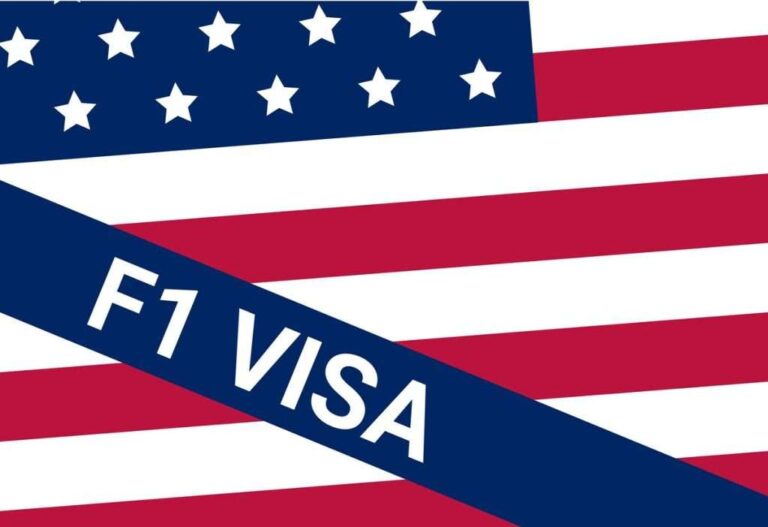The dream of study abroad often requires securing an international student loan to cover the high costs of tuition, living expenses, and travel. For many students, especially those who aren’t citizens of the host country, private student loans are the main option for financing their education.
Types of International Student Loans
An international student loan is specialized financing designed for students pursuing a degree outside their home country. They are categorized primarily by the security requirements:
1. No-Cosigner Loans (Future-Potential Focused)
These are the most accessible options for many international students. Lenders who offer no-cosigner loans don’t require the borrower to have a U.S. or Canadian citizen co-signer or collateral.
-
Eligibility Focus: The student loan application relies heavily on the student’s academic merit, the future earning potential of their degree/program, and the prestige of the university they are attending. This model is often used by specialist lenders like MPOWER Financing and Prodigy Finance.MPOWER Financing | International student loans for U.S & Canada
-
Benefits: Allows students to build a credit history in the host country and secure financing without relying on foreign contacts. They are often critical for securing the necessary visa documentation.
2. Loans Requiring a Co-signer (Credit-Focused)
Many traditional banks and private lenders require a co-signer who is a citizen or permanent resident of the host country (e.g., U.S. or Canada) with a strong credit score.
-
Eligibility Focus: The co-signer’s creditworthiness is the main factor.
-
Benefits: Having a creditworthy co-signer often results in lower interest rates and more favorable repayment terms than non-cosigned loans.
The Student Loan Application Process
Successfully study abroad on a loan requires a structured approach to the student loan application:
Step 1: Calculate the Cost of Attendance
Before applying, determine the total cost of attendance as calculated by your university. This includes not just tuition and fees, but also accommodation, books, insurance, and a living allowance. Subtract any scholarships or grants (financial aid) you’ve secured. The remaining figure is the amount you need to borrow.
Step 2: Check Eligibility and Compare Lenders
Use online tools provided by specialist lenders (like MPOWER or Prodigy) to quickly check if your university and program are eligible for their no-cosigner loans. Compare the following:
-
Maximum Loan Amount: Does it cover your calculated cost of attendance?
-
Interest Rates: Compare both fixed and variable interest rates.
-
Fees: Check for origination fees or prepayment penalties.Top Canadian Universities Offering Scholarships in 2025
Step 3: Complete the Application and Submit Documents
Once you select a lender, complete their online student loan application. Required documents typically include:
-
Passport or other government ID.
-
Letter of Acceptance from the foreign university.
-
Visa documents (e.g., I-20 form for the U.S.).
-
Proof of academic standing (transcripts, GPA).
-
Your resume/CV or proof of prior employment (for postgraduate loans).The Strict Reality of USA F1 Status Maintenance
Step 4: Obtain the Loan Sanction Letter
Upon approval, the lender will issue a loan sanction letter (or conditional approval). This document is essential proof of financial support and is required by the consular office for your student visa application.
💰 Key Financial Terms to Understand
When using a student loan to study abroad, understanding the loan’s structure is critical to managing your long-term debt.
Interest Rates
The cost of borrowing money is expressed as an interest rate.
-
Fixed Rates: The interest rate remains the same for the life of the student loan. This provides certainty and protection against market fluctuations.
-
Variable Rates: The interest rate can fluctuate (increase or decrease) based on a market benchmark (like SOFR). These rates may start lower but carry the risk of rising over time.
Repayment Terms
These define how and when you pay back the international student loan.
-
Grace Period: A period after you graduate or leave the university during which you are not required to make full payments. This is typically 6 to 9 months, allowing you time to secure employment.
-
In-School Payments: Some lenders offer options for deferred payment or reduced payments (e.g., interest-only or a small minimum payment) while you are actively enrolled.
-
Loan Term: The total number of years you have to repay the student loan (e.g., 10, 15, or 20 years). Longer terms mean lower monthly payments but higher total interest paid.
-
Prepayment Penalty: Most reputable international student loans do not impose a penalty for paying off the loan early, which is a massive benefit for the applicant.
Summary of Key Strategies
-
Maximize Free Financial Aid: Apply for every available scholarship and grant first to reduce the overall amount you need to borrow.
-
Target Specialist Lenders: If you don’t have a co-signer, focus your search on specialist providers who offer no-cosigner loans based on your future potential.
-
Secure the Sanction Letter Early: Your loan approval documentation is necessary to demonstrate proof of financial support when applying for your student visa.
-
Compare the APR: Look beyond the simple interest rate and compare the Annual Percentage Rate (APR), which includes fees, to determine the true expense of the loan.







